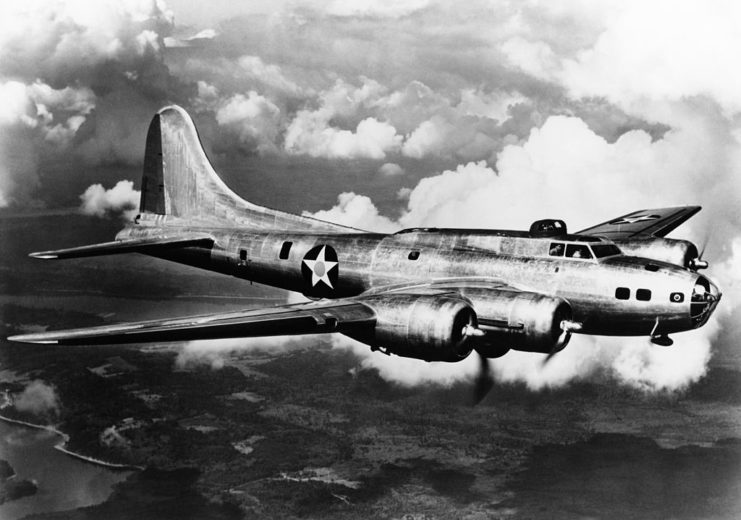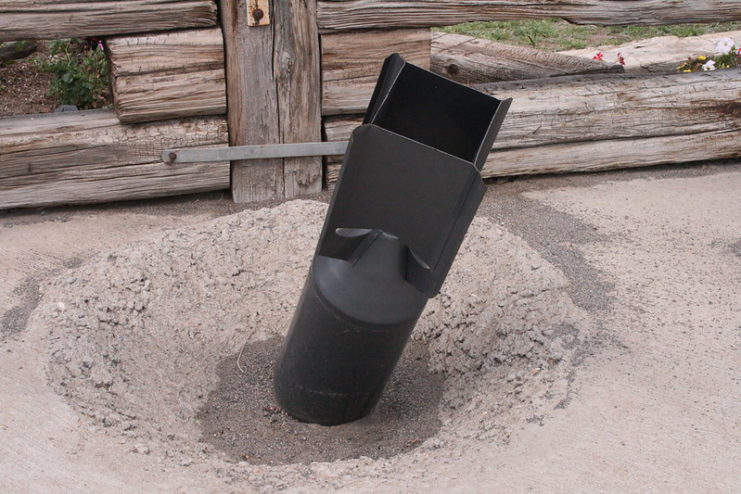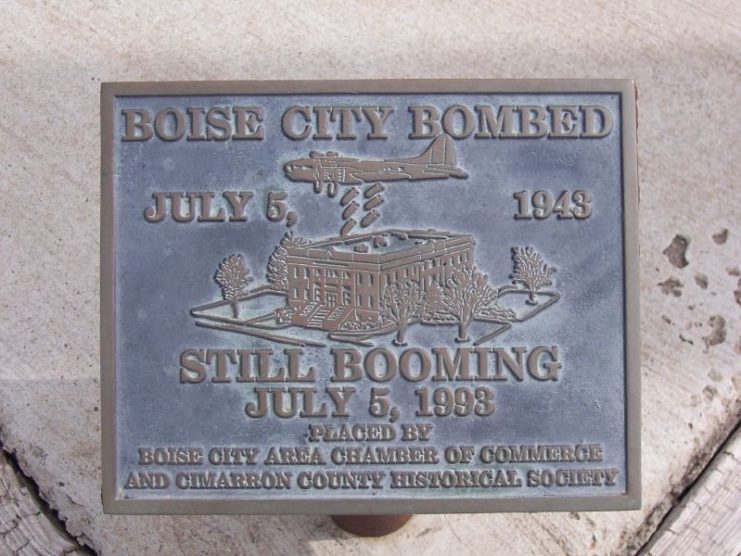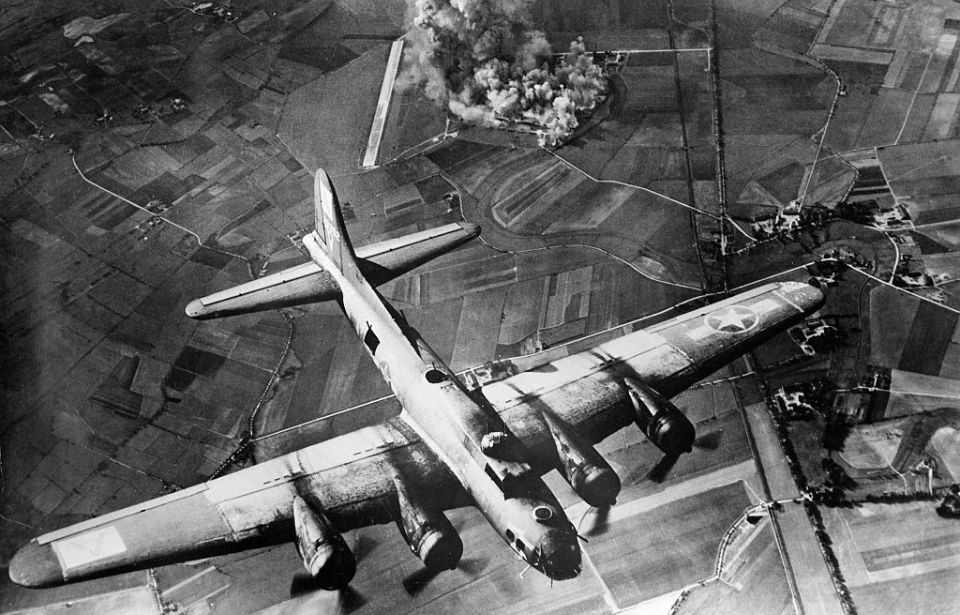Accidents happen. Some, however, are far worse than others, such as mistakingly attacking one’s own country during a practice aerial bombing mission. As ridiculous as this may seem, it actually happened during the Second World War. On July 5, 1943, the residents of Boise City, Oklahoma awoke to bombs being dropped by aircraft flown by the US Army Air Forces.
US Army Air Corps training exercise
On July 4, 1943, a group of US airmen prepared for a training mission in a Boeing B-17 Flying Fortress, departing from Dalhart Army Air Base, Texas. They left after dark and were tasked with flying to Conlen, Texas and dropping their training bombs on a target marked with four lights – they never made it.

At roughly 12:30 AM on July 5, the airmen reached what they thought was their target. However, despite feeling confident in his navigational abilities, the navigator had gotten terribly lost, leading the crew 45 miles from their goal to the small city of Boise City, Oklahoma. The situation only got worse as the crew mistook the four lights surrounding the town square as the target awaiting them in Texas.
The accidental bombing of Boise City, Oklahoma
Believing they were in the right location, the airmen dropped their load. What ensued was chaos, as the residents of Boise City believed they were under attack by enemy aircraft. The “air raid” lasted around 30 minutes, and bombs were dropped on a garage, the Baptist church and onto streets. There were a few close calls, with the explosives almost hitting a parked fuel truck.

Fortunately, the air warden for the town, John Adkins, phoned the FBI‘s Oklahoma office just after the first bomb hit. During the call, he reported, “Boise City bombed [1:00 AM] Baptist church, garage hit.” Frank Garrett, who was in charge of the power for the city, was able to get to the master switch for the area’s lights, plunging residents into darkness.
It was after this that the B-17’s crew realized they weren’t over Texas. Of the incident, Maj. C.E. Lancaster, commanding officer for the Dalhart Army Air Base, said it was simply “a mistake of navigation.” Surprisingly, the residents of Boise City, while initially angry, later became excited that their home was the location of such an event.
Aftermath of the Boise City bombing
Fortunately, the bombing of Boise City occurred with little incident, and no one was hurt or killed. Since the B-17’s crew was on a training mission, they hadn’t been given bombs that would do significant damage, and were instead equipped with those carrying only four pounds of dynamite and 96 pounds of sand.
This was fortunate for the citizens of Boise City, as it meant the total cost to repair the damage caused was only $25. However, the crew didn’t get off quite as easy. The navigator who’d made the potentially fatal error was fired, and the remaining crew members were told they could either go directly to the front or be subject to court-martial.

Following the incident, the crew of the B-17 went on to become one of the most decorated of the Second World War. They were chosen to lead 800 aircraft from the 8th Air Force during the first daylight air raid over Berlin in March 1944, and while serving on the front were awarded a number of citations and decorations.
More from us: The US Air Force Lost An Atomic Bomb Over the Canadian Wilderness
The residents of Boise City put the incident behind them and invited the B-17’s crew back to the town for the 50th anniversary of the incident. Unsurprisingly, they all declined, either due to poor health or out of embarrassment. The radio operator, however, did send a tape he made, which was played for the city’s residents.
